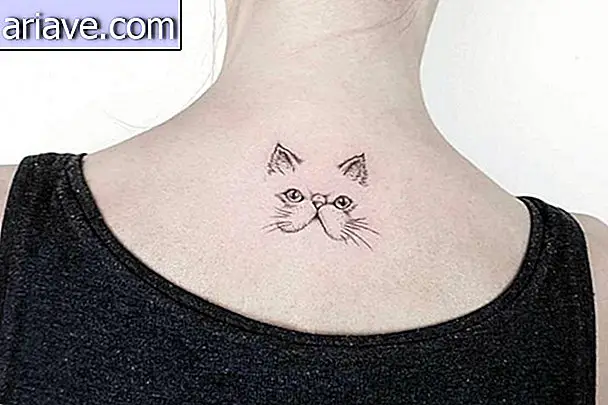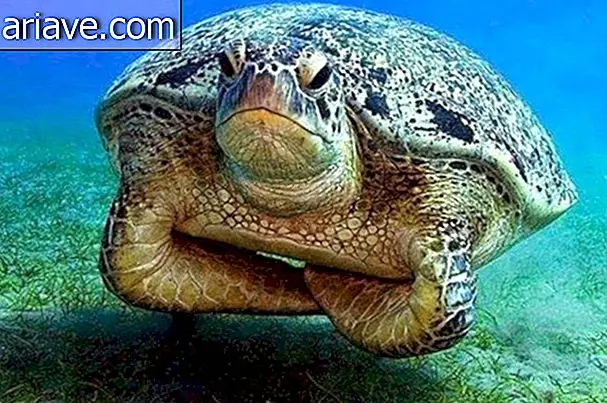8 curiosities about one of the most famous national drinks: cachaça
The cachaça is one of the most popular alcoholic drinks in Brazil, typically from our country and used in the preparation of Caipirinha cocktail (internationally famous). In several countries, cachaça is known as the Brazilian rum, although there are clear differences in the production of the two.
In addition, there is some controversy as to the etymology of the word, as it is not known exactly where the term “cachaça” originated (and many stories published on the internet also make this process difficult). Discover some interesting curiosities about this national drink:
1 - The Brazilian rum?
Calling Brazilian rum cachaça is not entirely wrong, since both drinks come from sugar cane. However, cachaça is distilled from fermented sugarcane juice, which has approximately 38% to 54% alcohol. Although rum is also made from sugarcane, it is distilled from sugarcane products such as molasses, while cachaça is derived directly from sugarcane itself.
2 - The origin of the word
There are several stories that seek to explain the origin of the term cachaça, some of which are somewhat divergent. The most common is that cachaça was the name given to the first foam that rose to the surface of the sugarcane juice that was being boiled (fed to animals or discarded). The second foam was consumed by the slaves, mainly after fermentation, and later it was also called cachaça.
3 - The slave drink
The cachaça has been around for about 400 years, and its first consumers were African slaves in Brazil. They drank the fluid to give energy throughout the day and relieve some of the hard work they constantly faced. In 1663, sugar producer João Fernando Vieira said that slaves would only work after drinking their daily doses of cachaça.
In 1780, the governor of the state of Minas Gerais stated that cachaça was one of the basic drinks of slaves. Over time, other social classes surrendered to the taste of the drink, which then became popular among all strata of societies in Brazil.
4 - National pride
Today, cachaça is one of the national symbols, mainly due to its origins and the fact that it has become popular among all social classes (and also conquered the world). Few people know that on September 13, 1744, the Portuguese totally banned drinking in the country, concerned about the success of the brandy. Today, this is the day that celebrates the National Day of Cachaça, as a way to remember the colonial Brazil and the success of the drink.
5 - Drunken animals
According to an article by James Beard published in 1959, in some localities turkeys were forcibly fed with cachaça doses before slaughter, as producers believed that “a drunk turkey is a relaxed turkey, and a relaxed turkey is a more delicious turkey. ”
6 - Genuinely Brazilian Consumption
According to statistics from our sources, 99% of the cachaça produced and consumed is essentially in Brazil. Approximately 85 million bottles of cachaça are consumed every year, practically all this number here in our country. In 2007, the United States imported over 1, 000 cases of rum, and an agreement between the two countries promises an easier trade in alcoholic beverages.
According to cocktail historian David, Brazil was not very clever in marketing its most typical beverage internationally, even though cachaça became popular elsewhere.
7 - This John Travolta Commercial
Actor John Travolta participated in this Ypióca commercial, called “Let's Brasilizar”. The result, at the very least, was funny. What did you think?
8 - Synonyms of cachaça
The cachaça has many variations throughout the national territory, but essentially is the same drink. However, there are several names that designate the fermented sugar cane liquid. Among some of them, we can list the most popular (which change by state): blessed, holy water, raw water, brandy, september waters, baroness, brazilian, reed, brazilian brandy, darn, white lady, spirit, warm inside, immaculate, bottle gasoline, drips and pure. And you know cachaça by some other name too?











